Cost and ROI of Kiosk Computer
The cost of a kiosk computer varies based on customization, hardware, software, and additional features. Basic models may start around a few thousand dollars, while fully customized kiosks with advanced functionalities can cost significantly more.
Initial Cost: Includes the price of hardware, software development, installation, and any necessary customization. This also covers design, prototyping, and testing phases.
Operational Cost: Involves ongoing maintenance, software updates, power consumption, and potential repairs. These costs are typically lower than the initial investment.
Training and Support: Budgeting for training staff or users on how to operate the kiosk and for ongoing technical support.
Return on Investment (ROI): Kiosk computers often offer a high ROI by reducing labor costs, improving service efficiency, and increasing customer satisfaction. The ability to operate 24/7 without breaks means more transactions and interactions, boosting revenue.
Revenue Generation: Kiosk computers can directly generate income by handling transactions, upselling products, or serving ads. They can also indirectly increase revenue by improving customer satisfaction and streamlining processes.
Data Analytics: Kiosks can collect valuable data on customer behavior, helping businesses make informed decisions, optimize operations, and improve marketing strategies.
How to Buy a Kiosk Computer Step by Step
1. Identify Your Needs:
1.1 Determine the purpose of the kiosk (e.g., retail, information, transactions) and the environment in which it will be used (indoor, outdoor).
1.2 Define the key features required, such as touchscreen size, peripherals (card readers, printers), and connectivity options.
2. Set a Budget:
21. Establish a budget that includes the cost of the kiosk, customization, installation, and ongoing maintenance.
2.2 Consider both initial costs and long-term operational costs.
3.Research Vendors:
3.1 Look for reputable kiosk manufacturers or suppliers with experience in your industry.
3.2 Compare options based on quality, customization capabilities, customer support, and pricing.
3.3 Review case studies or testimonials to gauge vendor reliability and product performance.
4.Request a Proposal:
4.1 Contact selected vendors to discuss your requirements and request a detailed proposal.
4.2 Ensure the proposal includes a breakdown of costs, timelines, and the scope of customization.
5. Evaluate and Test:
5.1 Assess the proposals based on your criteria, including cost, quality, and vendor experience.
5.2 If possible, request a demo or visit a location where the kiosks are in use to see them in action.
5.3 Evaluate the kiosk’s usability, interface, and overall design.
6. Finalize Purchase:
6.1 Once satisfied, negotiate terms and finalize the purchase.
6.2 Ensure the agreement includes installation, training, and post-purchase support.
6.3 Work with the vendor on any final customizations before the kiosk is delivered and installed.
7. Install and Train:
7.1 Coordinate with the vendor for installation, ensuring it’s done properly and the kiosk is fully operational.
7.2Provide training for your staff or users on how to operate and troubleshoot the kiosk.
7.3 Monitor the kiosk's performance post-installation to ensure it meets your expectations.



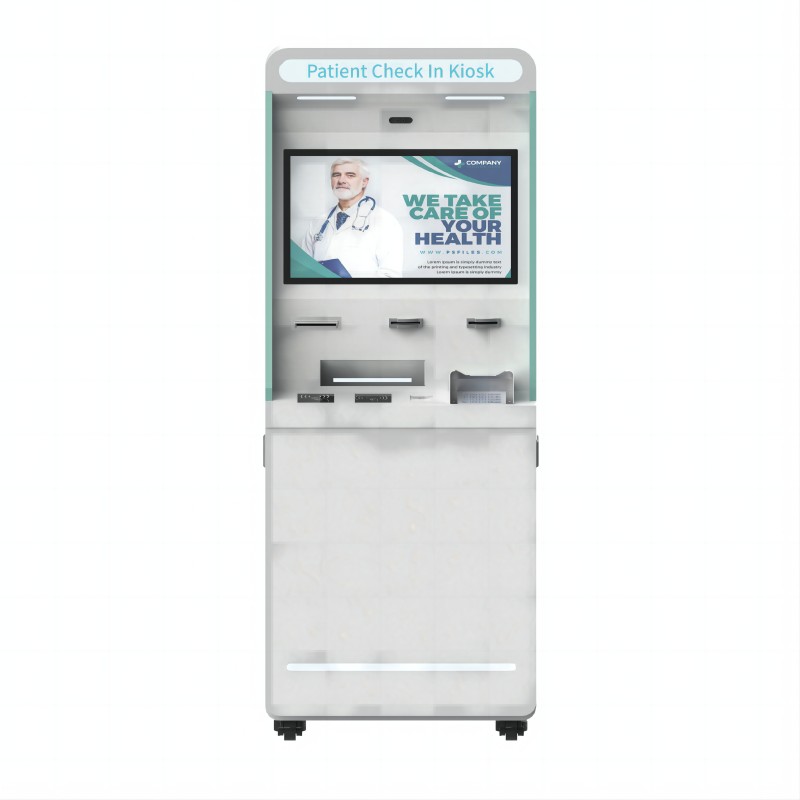
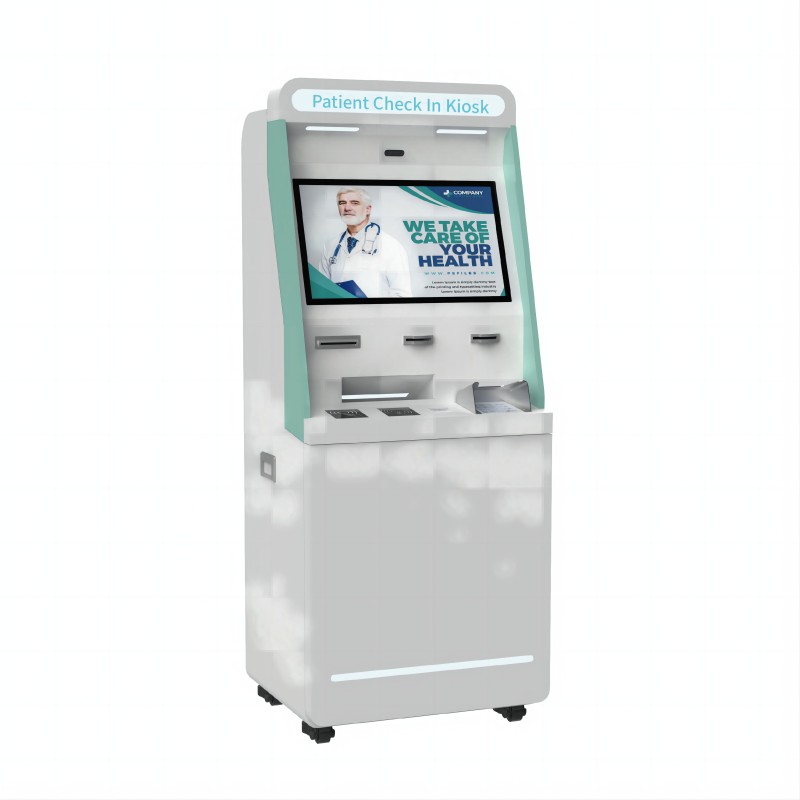
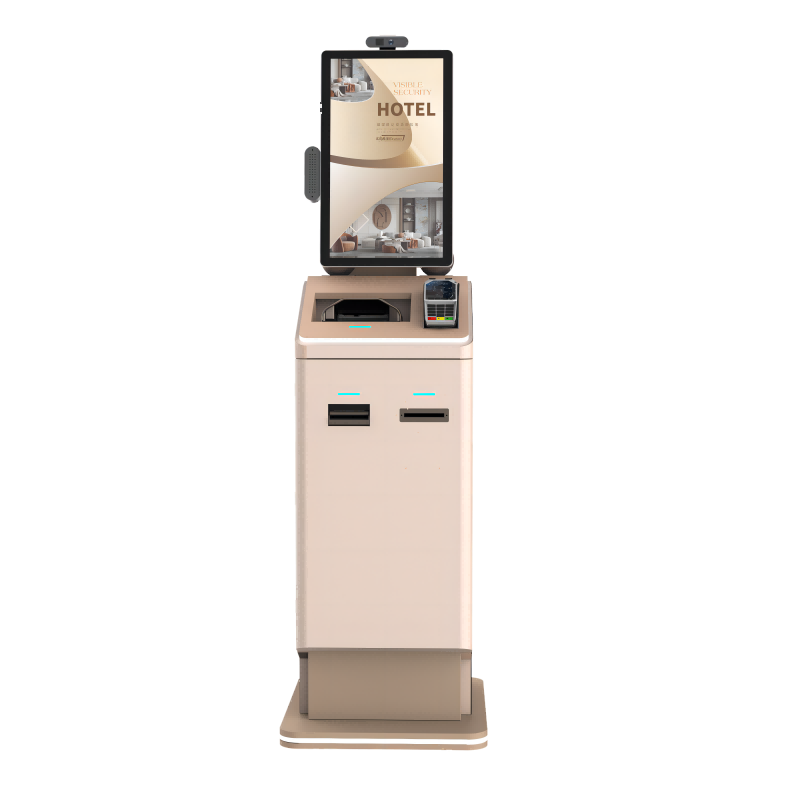
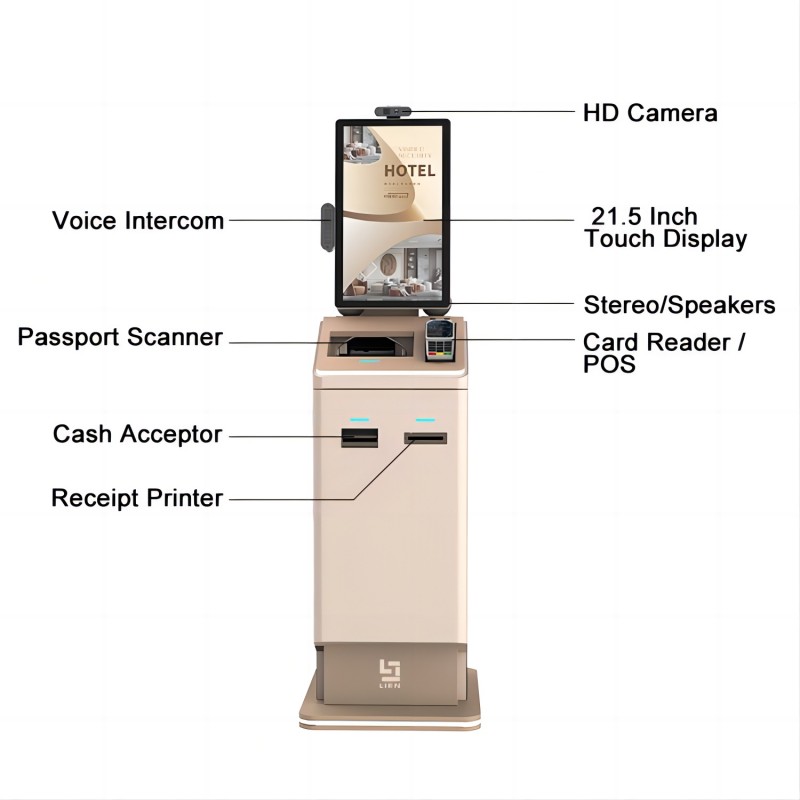
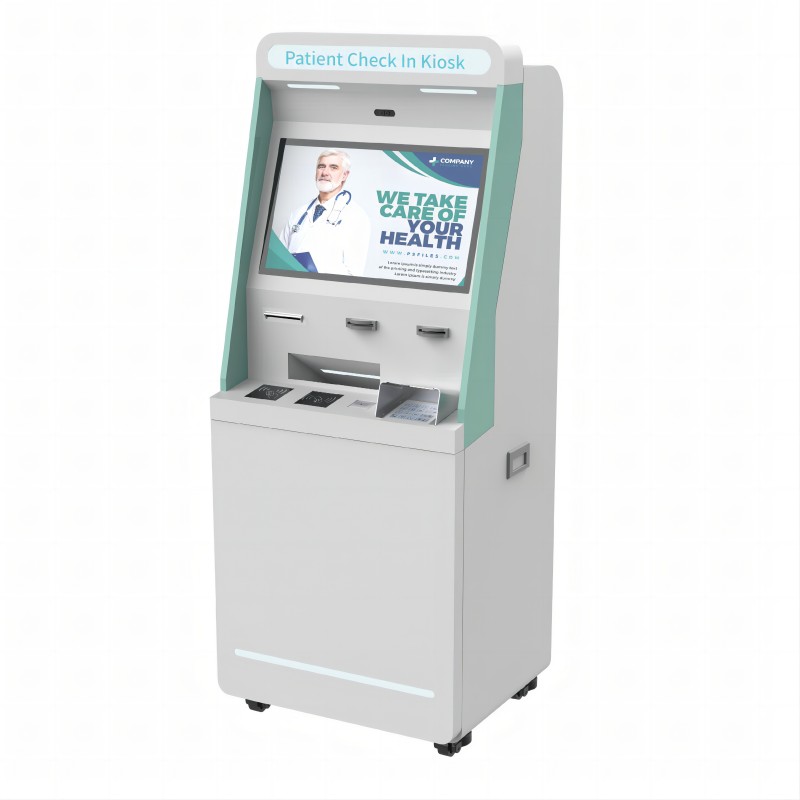
What did our happy clients say?
This kiosk computer has streamlined our operations significantly. The user-friendly interface and reliable performance have greatly improved customer satisfaction. Highly recommended!
We’ve been using the kiosk computer for a few months now, and it has exceeded our expectations. Easy to customize, and the support team was fantastic throughout the process.
The kiosk computer has been a game-changer for our business. It’s durable, efficient, and has helped us reduce costs while enhancing customer experience. Very pleased with our purchase!
Installing this kiosk computer was the best decision we made. It’s intuitive, secure, and has helped us gather valuable data on customer interactions. Definitely worth the investment.